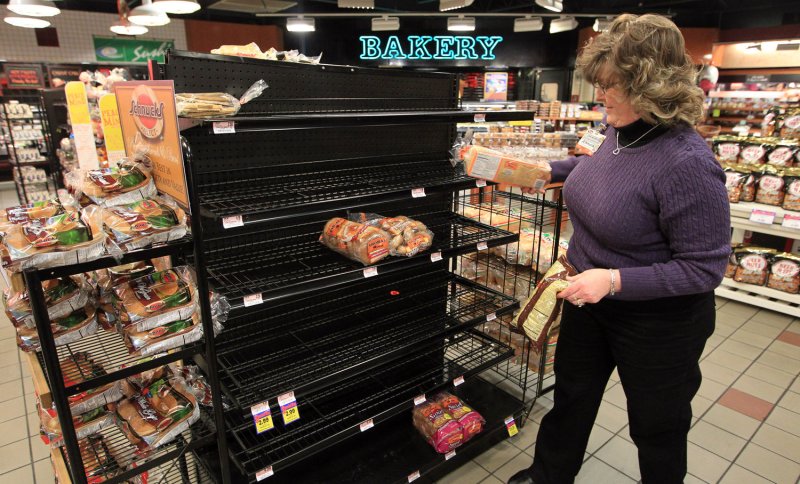WASHINGTON, Aug. 2 (UPI) -- The U.S. Food and Drug Administration said it created a regulation defining "gluten-free" for voluntary food labeling to provide a uniform standard.
Dr. Margaret A. Hamburg, commissioner of the FDA, said the new federal definition standardizes the meaning of gluten-free across the food industry and food manufacturers have a year after the rule is published to bring their labels into compliance.















